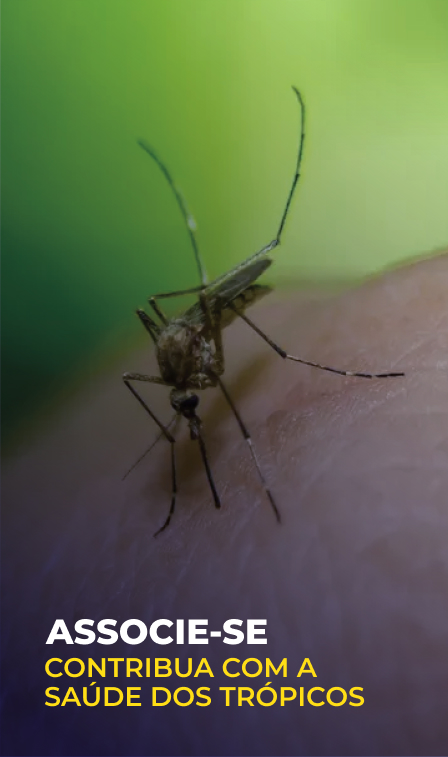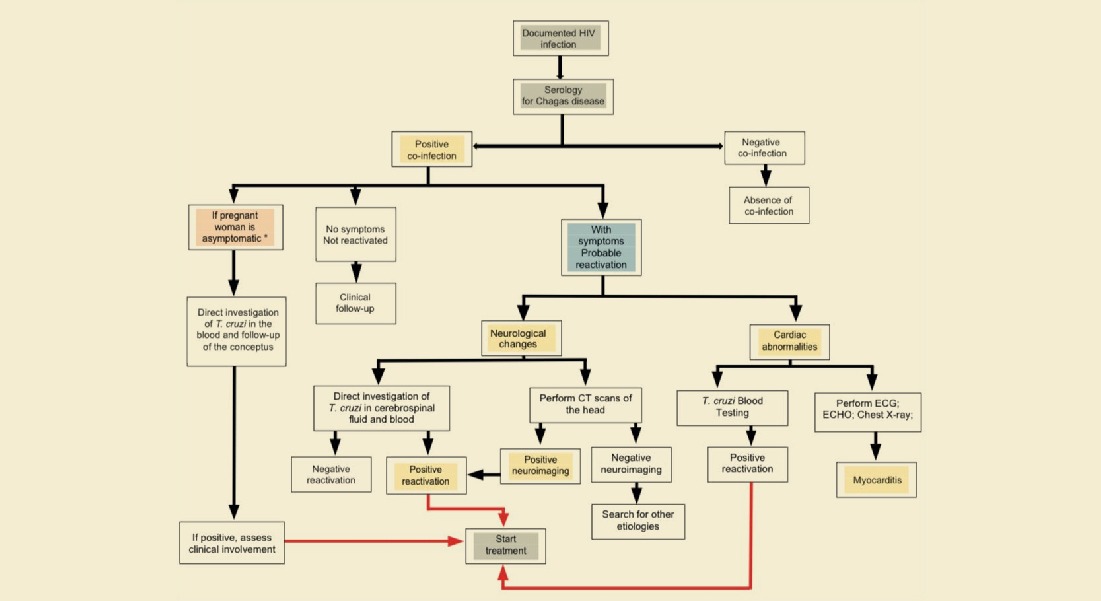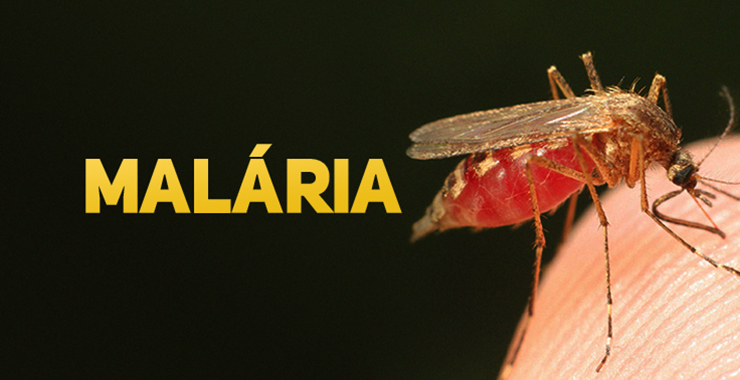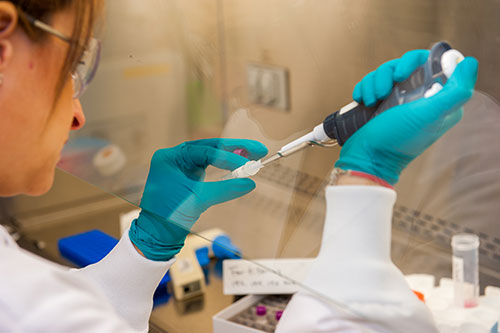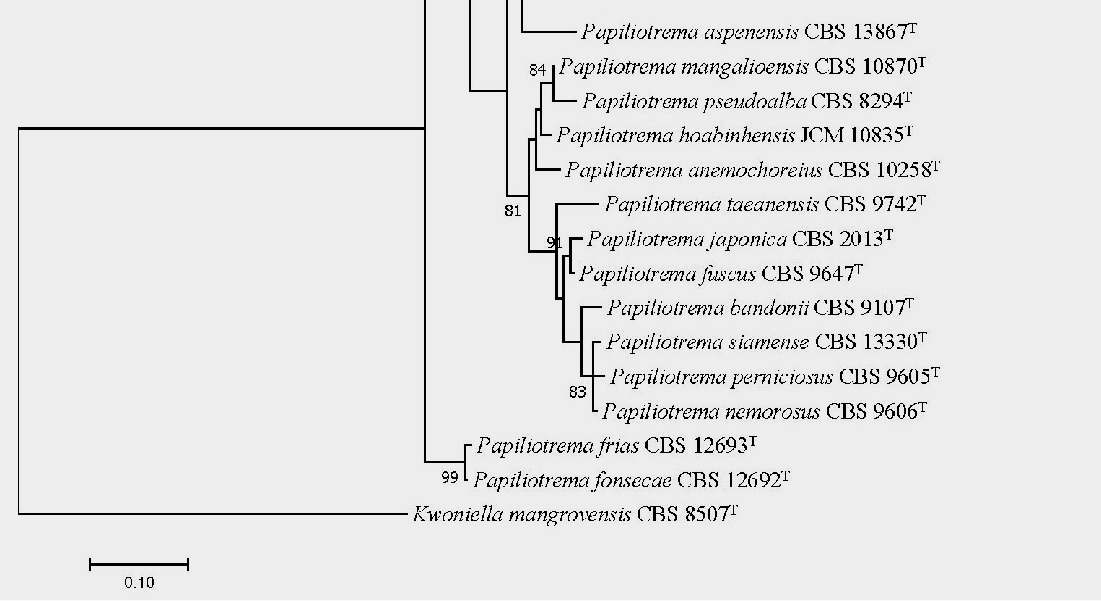
Saharan Africa: bacterial infections caused most deaths in 2019
The region recorded 230 deaths per 100,000 people. In comparison, the high-income super-region, which includes countries in Western Europe, North America and Australasia, recorded the lowest rate, 52 deaths per 100 thousand people
08/12/2022 Central African Republic had the highest age-standardized death rate, at 394 deaths per 100 thousand inhabitants, while Iceland had the lowest rate, at 35.7 deaths per 100 thousand inhabitants
Central African Republic had the highest age-standardized death rate, at 394 deaths per 100 thousand inhabitants, while Iceland had the lowest rate, at 35.7 deaths per 100 thousand inhabitants
An article recently published in the journal The Lancet, by a team of collaborators of the 2019 Global Burden of Disease (GBD) antimicrobial resistance, entitled Global mortality associated with 33 bacterial pathogens in 2019: a systematic analysis for the Global Burden of Disease Study 2019, reveals that common bacterial infections have become the second main cause of deaths and were related to one out of every 8 deaths in the world in 2019. The research included 343 million records from over 11,300 study-location-years. Deaths related to these agents accounted for 13.6% of all deaths worldwide and 56.2% of all sepsis-related deaths in 2019.
Dr. Authia Gray, co-author of the study and a member of the Institute for Health Metrics and Evaluation (IHME) at the University of Washington School of Medicine, points out that this is the first peer-reviewed paper to examine the overall mortality and years of life lost (YLLs) due to the burden of 33 bacterial pathogens in 11 major infectious syndromes. The magnitude of these bacterial infections varied by location, with sub-Saharan Africa having the highest mortality rate and high-income regions having the lowest. Our work shows the extent of the problem and the strategies needed to address it, she points out. Also according to Dr. Gray, infection prevention is key and includes hospital and community settings; more emphasis on vaccinations that currently exist and new ones that need to be innovated; making accessible basic intensive care services available, incorporating timely use of appropriate antibiotics, laboratory capacity, and supportive care. She also states that innovative strategies and investments in new and effective antibiotics are needed in the face of the growing threat posed by antimicrobial resistance (AMR) and bacterial infections.
The data in the article show that of the estimated 13.7 million infection-related deaths that occurred in 2019, 7.7 million were associated with the 33 bacterial pathogens (both antimicrobial resistant and susceptible) studied in the 11 infectious syndromes analyzed. Sub-Saharan Africa recorded the highest number of deaths from bacterial infections that year, with 230 deaths per 100,000 inhabitants. The number drops dramatically to 52.2 deaths per 100,000 inhabitants in the high-income super-region – which includes countries in Western Europe, North America, and Australasia.
Asked why the death rates are higher in poor regions compared to countries in Europe, for example, Dr. Gray explains that effective antimicrobials exist for all 33 bacteria investigated, but much of the disproportionately high burden in low- and middle-income countries can be attributed to inadequate access to these life-saving drugs, weak health systems, and insufficient infection prevention programs. First, health care-seeking behaviors are impeded by high direct costs, driven by deficiencies in government funding for health care and unaffordable drug prices in low- and middle-income countries. Secondly, misuse of antibiotics caused by lack of education of healthcare professionals, regulatory issues, self-medication and restricted availability of antibiotics can lead to prescription of the wrong antimicrobial, which, if too prolonged, can promote resistance and, if ineffective, risks of infection progression. Third, unstable supply chains and poor quality control can result in the unavailability of the desired antibiotic or the spread of inferior or counterfeit antimicrobials to the consumer, she details.
Of the bacterial pathogens analyzed, five were associated with more than half of the deaths: Staphylococcus aureus, Escherichia coli, Streptococcus pneumoniae, Klebsiella pneumoniae, and Pseudomonas aeruginosa, accounting for 54.2% of the deaths. S. aureus caused the greatest number of deaths globally (1.1 million), followed by E. coli (950 thousand), S. pneumoniae (829 thousand), K. pneumonia (790.000) and P. aeruginosa (559 thousand). Taking countries into consideration, S. aureus was the leading cause of death (135 countries), followed by E. coli (37), S. pneumoniae (24) and K. pneumoniae and Acinetobacter baumannii (4 countries each). Meningitis and other bacterial infections of the central nervous system; cardiac infections; peritoneal and intra-abdominal infections; and lower respiratory infections and all related infections in the chest were some of the infectious syndromes studied. Other analyzed infections included bacterial infections of the skin and subcutaneous systems; infections of bones, joints, and related organs; typhoid, paratyphoid, and invasive non-typhoid Salmonella; diarrhea; urinary tract infections and pyelonephritis; bloodstream infections; and gonorrhea and chlamydia.
Regarding deaths from infectious diseases such as tuberculosis, malaria, HIV and neglected tropical diseases (NTDs), Dr. Gray points out that while there are many estimates for these diseases, until now data on the burden of diseases caused by bacterial pathogens was limited to a narrow set of specific pathogens and infection types or focused only on certain populations. More deaths have been linked to two of the deadliest pathogens – S. aureus and E. coli – than HIV/AIDS (864.000 deaths) in 2019. However, the study points out that HIV research received USD 42 billion, while E. coli received USD 800 million. These funding gaps may have arisen because, until now, there was a lack of data on the global burden of these bacteria, adds the researcher.
Infectious diseases have their own 3.3 Sustainable Development Goal (SDG) indicators and have substantial global public health investments, such as the Global Fund to Fight AIDS, Tuberculosis, and Malaria. However, the bacterial pathogens mentioned in the study and with the highest lethal burden have not been the main focus of any global public health initiative. Deaths associated with these bacteria would rank as the second leading cause of death globally in 2019, according to the article, when compared to the GBDs Level 3 underlying causes of death. Therefore, they should be considered an urgent priority for intervention in the global health community, urges the research.
AMR is a public health problem that needs to be addressed
Antimicrobial resistance is a threat to humans, animals, plants, the environment, and affects us all. It occurs when microorganisms evolve and become immune to drugs to which they were previously vulnerable. The more they are exposed to the drugs, the more likely they are to adapt. The inappropriate use of antimicrobials accelerates this phenomenon. To get an idea, the bacteria that are acquiring resistance are old medical acquaintances, for example, E. coli, K. pneumoniae and S. aureus. Now, imagine the challenge for a doctor: to treat a bacterial disease that does not respond to the drugs known to most advanced medicine.
Can we expect globally higher rates of deaths from bacterial infections in the near future? Dr. Gray says that they have currently been working on estimates of the global burden of bacterial pathogens over time, not just in 2019. She says that when this analysis is finished, including data from more recent years, it will be possible to have more clarity about how trends have changed over the years and how they are still expected to change. Considering the latter, being able to predict future trends in mortality rates related to bacterial infections and antimicrobial resistance should enhance antibiotic prevention and administration efforts, but will also help prioritize research and development of new antimicrobial drugs and vaccines, the study co-author notes.
Recently the World Antimicrobial Awareness Week, celebrated every year from November 18 to 24, was celebrated.





